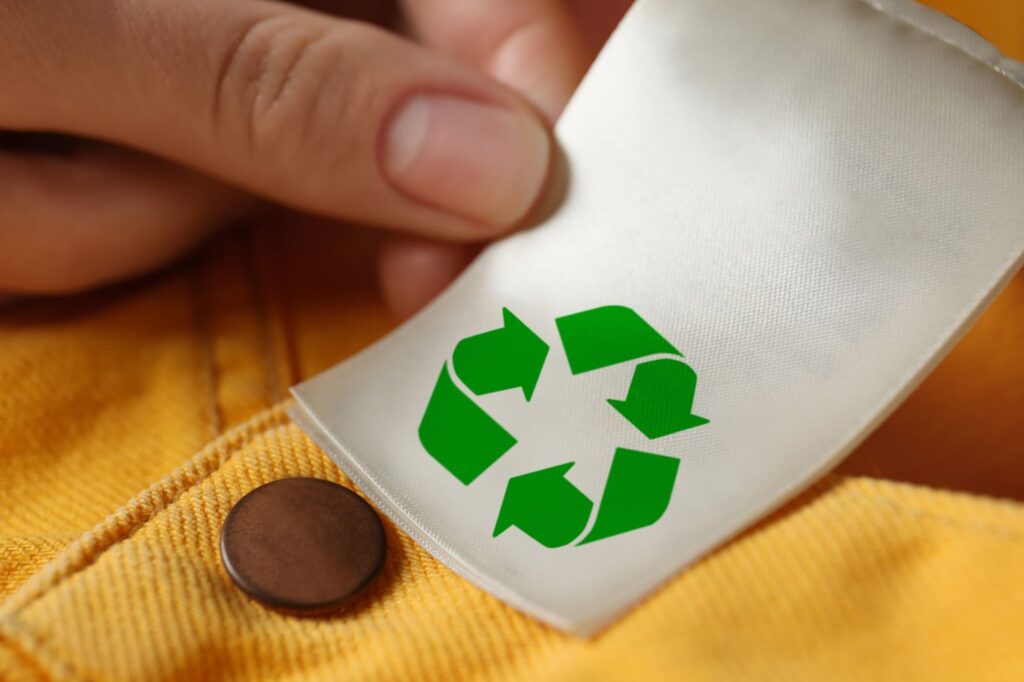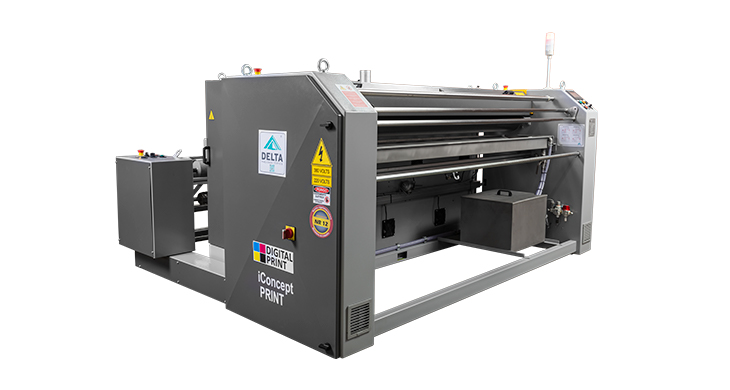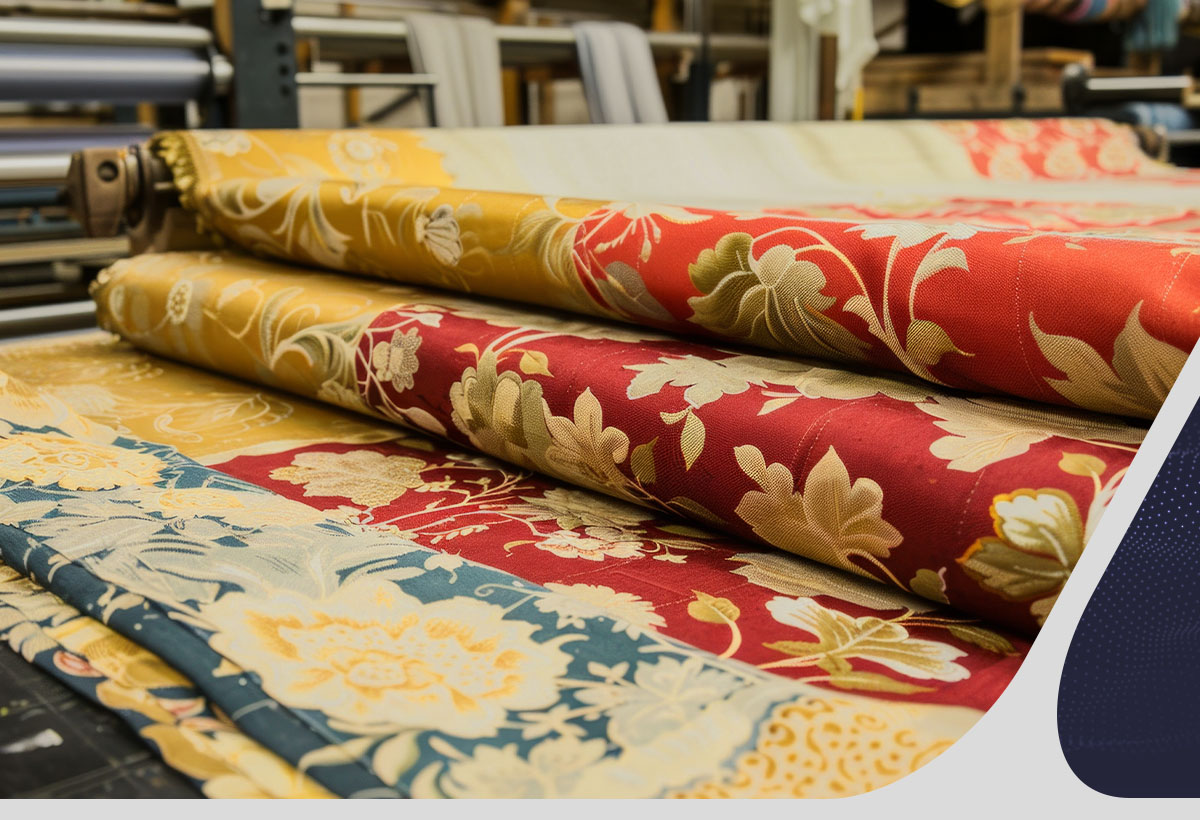Digital printing is the newest trend on the market, because it promotes efficiency, agility and profitability in textile production. This is the technique responsible for eliminating some of the main pain points in the sector.
Are you curious and want to know more about digital printing on fabric? So continue reading to find out more information.
Why is digital printing gaining prominence in the market?
Digital printing is the trend that has arrived to change the thinking and processes of the textile sector! It, which is a product of digital transformation, aims to ensure greater productivity, development and quality in the final results.
Just like any technology applied to production, this printing model contributes to automation and, consequently, to the optimization of activities.
There are still a few more factors that contribute to the wide adoption of this technology in the textile sector. And they are directly related to sustainability and the impact caused by the industry on the environment.
After all, the new technique promotes greater energy efficiency due to the productivity of the machines. Furthermore, it provides lower water consumption, reduced chemical disposal and textile waste due to its efficiency.
This results, according to studies highlighted by the Terra portal, worth more than US$1.80 billion in the global market in 2018 alone. Which amounts to around R$20.36 billion.
The expectation is that in 2023, the figure will reach US$3.75 billion (R$20.67 billion).
The research cited by the portal also states that the volume of printed fabrics between 2013 and 2018 increased from 548 million m² to 1.16 billion m². This number is expected to be surpassed in 2023, reaching 2.7 billion m².
To add, with the global economic fluctuation, digital printing has gained more followers for the procedure. This is because the price of inputs has undergone significant increases, hindering the profitability of production. Therefore, it becomes a more profitable option for the business.
For example, according to Economia SC, cotton received an increase of more than 48% in its value, going from R$4.7434 to R$7.0261. In addition, viscose, polyester and elastane were also impacted by market variations.
The relationship between sustainability and digital printing

As we mentioned above, sustainability and improved resource management is one of the great advantages of digital printing. This practice, due to the efficiency of the technology and the optimization of production, allows the effects caused to the environment to be reduced.
Still citing data presented by the Terra portal, a digital printing system uses 85.66 kg of CO2eq, while a conventional rotary printer generates 139.56 kg of CO2eq. If the two are compared, the reduction in gas emissions reaches 40%.
In parallel, digital printing uses only two liters of water. Analog printing plants consume 80 to 200 liters per kilogram of printed fabric, on average.
And yet, did you know that more than 4 million tons of textile waste are discarded every year in Brazil? In addition to being a large quantity, not even 1% of them are properly recycled or intended for reuse as new parts.
This number can be reduced with the help of technology that eliminates errors and waste, such as digital printing.
It is clear that digital printing on fabrics is not the solution to all the environmental problems generated by the Textile Industry. . However, it is the role of companies in the sector to replace, in their production, procedures that have a large environmental impact. More sustainable options need to be found to eliminate the biggest effects.
As a result, the sector tends to become accustomed to the urgency of the issue and, therefore, will be more open to investing in other solutions, strategies and tools that practice sustainability.
The gradual adoption of this idea will make the entire sector evolve together and towards more environmentally friendly production.
What are the benefits of digital printing on fabric?
Given the impact caused by digital printing on fabrics, we can mention some benefits provided by this practice to your textile industry.
The first of these is related to productivity. We know that technology contributes to the development and evolution of production. Which would be no different in this case.
Here, it is possible to customize in mass, meeting the demands of the modern consumer. At the same time, small-scale production also becomes viable, due to improved resource management.
In the same way, it offers greater versatility and creative freedom. That is, with it it is possible to print patterns and textures that are unconventional or possible to be created in the conventional model.
Furthermore, process automation offers speed and agility in production, reducing costs with manual work and errors. By eliminating rework, you can not only guarantee savings, but also efficiency, productivity and quality in the final part.
Finally, with digital printing there will be greater standardization of activities, facilitating management and the evolution of your industry. After all, it will be possible to easily apply strategies and assertively evaluate the results.
Discover the Delta Digital Printing Preparator

We at Delta Máquinas Texteis offer numerous technological and modern equipment for the national and international textile industry. Always with the aim of meeting the demands of the market and end customers.
Aware of the increased adoption of digital printing, Delta developed the Digital Printing Preparator PID100. This is a unique solution in the country for the fabric pre-treatment phase.
The PID100 is perfect for carrying out roll-to-roll treatment, contributing to agility and a low-cost continuous process. That is, it is ideal for processing small batches.
Furthermore, its automated drying control provides greater quality to the pieces, in addition to standardizing and automating the process.
Added to this, it makes applying primer easier. Delta’s PID100 can also be used in the preparation of various compounds. Always guaranteeing vivid colors, high-resolution images and greater wash resistance.
In the video below you can see the details of the PID100 more easily. Click to check it out!
Invest now in digital printing to obtain quality and sustainability
Digital printing is the ideal solution for the industry that wants to increase production, while reducing the environmental impacts of the textile sector.
In other words, investing in this technique is the same as guaranteeing quality, profitability and sustainability, adding value to your pieces.


